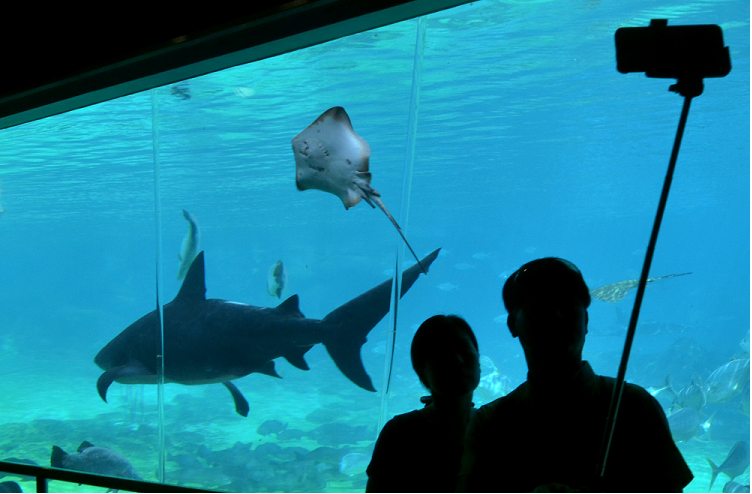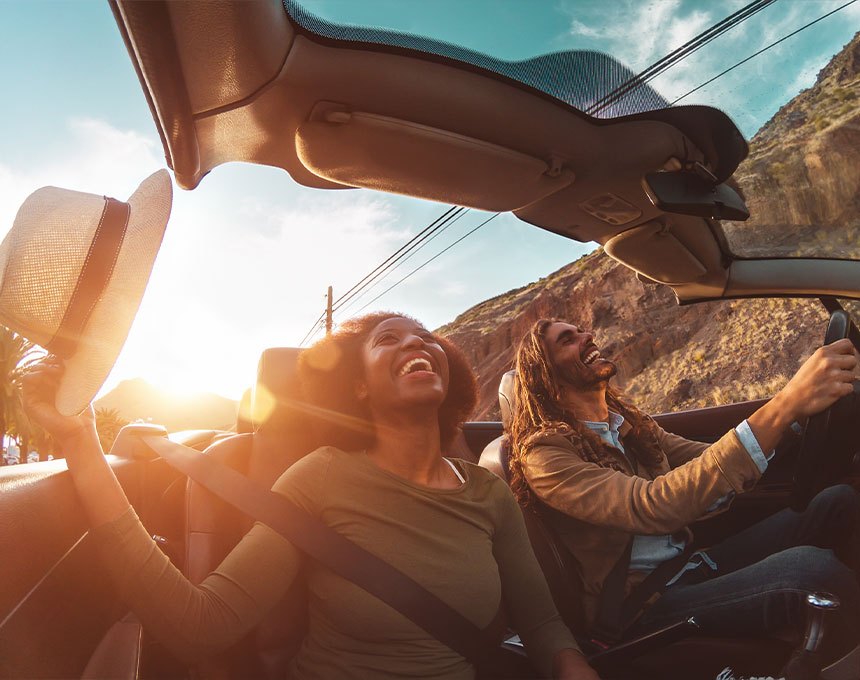
News / 7 December 2015
Click away on your Get away
Picture perfect wildlife
If you don’t know your f-stop from your flash, listen up… this one’s for you! Tourists from all over the world come to South Africa to capture its beauty so why shouldn’t you? But let’s face it, capturing that perfect moment – a fish eagle soaring over Lake St. Lucia, a pride of lion sharing their conquest in the Kruger National Park, a lowly dung beetle navigating his way up what must seem to him to be the equivalent of Mount Everest – can be almost impossible for most of us amateur photographers.
No matter how skilled you usually are with a camera, photographing wildlife is a whole other ballgame. Feeling a bit demotivated? Don’t worry, Dream Hotels & Resorts is here to help you out and share some insider tips on how to get the most amazing wildlife shots.
Step away from the zoom
A fancy and impressive zoom lens will no doubt get you a lot of admiring looks from fellow safari-goers. But, for the best pictures, put away that big and showy lens. Over-zooming can ruin your picture. It will be much more rewarding to just step back a little to tell the full story.
Be original
We’ve all seen the picture of a lazy hippo yawning or an elephant and her calf meandering through the bush for the choicest pick of trees. It’s very tempting to try and recreate that impressive shot. But, really what’s the point? From an artistic photographic perspective, these images are pretty boring. And – let me tell you a secret: wildlife photographers will make fun of you, saying you’re suffering from the ‘encyclopaedia syndrome’. Instead of parroting other images: think, look and figure out what you are trying to express before you shoot.
Don’t just take a picture – tell a story
Don’t make your shots too obvious. The elephant you captured doesn’t need to be smack-bam in the middle of the picture for viewers to understand that he’s the focus of the picture. The rule of thirds quite often applies. Imagine breaking your image down into thirds both horizontally and vertically so you have nine parts. The idea is that if you place your point of interest in the intersections of those lines, your photo becomes more balanced.
If there are interesting clouds, get the animal in the bottom third of your picture. And if the animal is moving: try to leave room in your picture towards the direction the animal is moving. If the bird or animal is standing still: leave space to the direction the animal is looking. Always try and tell a story with your picture.
The eyes are the window to a good picture
There’s a pretty simple rule when it comes to eyes: if the eyes are out of focus, you won’t have a good picture. If you want an absolutely amazing picture: try catching the light in the eye when the animal turns its head towards the sun. Of course that could mean you’re perched waiting for that perfect shot for quite a long time. But with patience, comes great reward… at least in the world of photography.
Get the timing right
Don’t miss the ‘golden hours’ - in photography, these golden hours are early morning up to 09h00 and then about 16h00 until it gets dark. Most of the animals are also more active during that period.
Remember that the light over midday is generally harsh and will not make for vibrant pictures. The exception is an overcast day, when the clouds act like a light filter.
It’s not only about the Big 5
Taking a winning shot of a lion, a leopard or a rhino will no doubt be on the top of your list. But try not to forget the landscapes and little things. A picture of a waterhole at sunrise or sunset will make for the most amazing and interesting shot.
Do you remember the rules? Now forget them!
Do you remember everything we told you? Don’t put your subject in the centre, put the focus on the eyes, get the timing right… Now forget everything and shoot from the heart. If you’re having fun, this will shine through in your pictures.
Once you know the rules and the guidelines, and once you know when and how to apply them, it’s time to start breaking out from them. Test the boundaries a bit: you’ll see it will sometimes work very well not to have eye contact with the animal and sometimes you just need to put the elephant in the centre…
Some practical stuff you need to remember
Photography is not all about being artistic and creative. You’ll need to remember some practical stuff too. For example, remember to keep an extra memory card on hand. You don’t want to have to worry about running out of memory.
Pack the right lenses in your bag. If you can afford it: invest in a longer 300mm to 500mm lens. It will allow you to keep a safe distance and still get a jaw-dropping shot.






